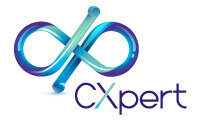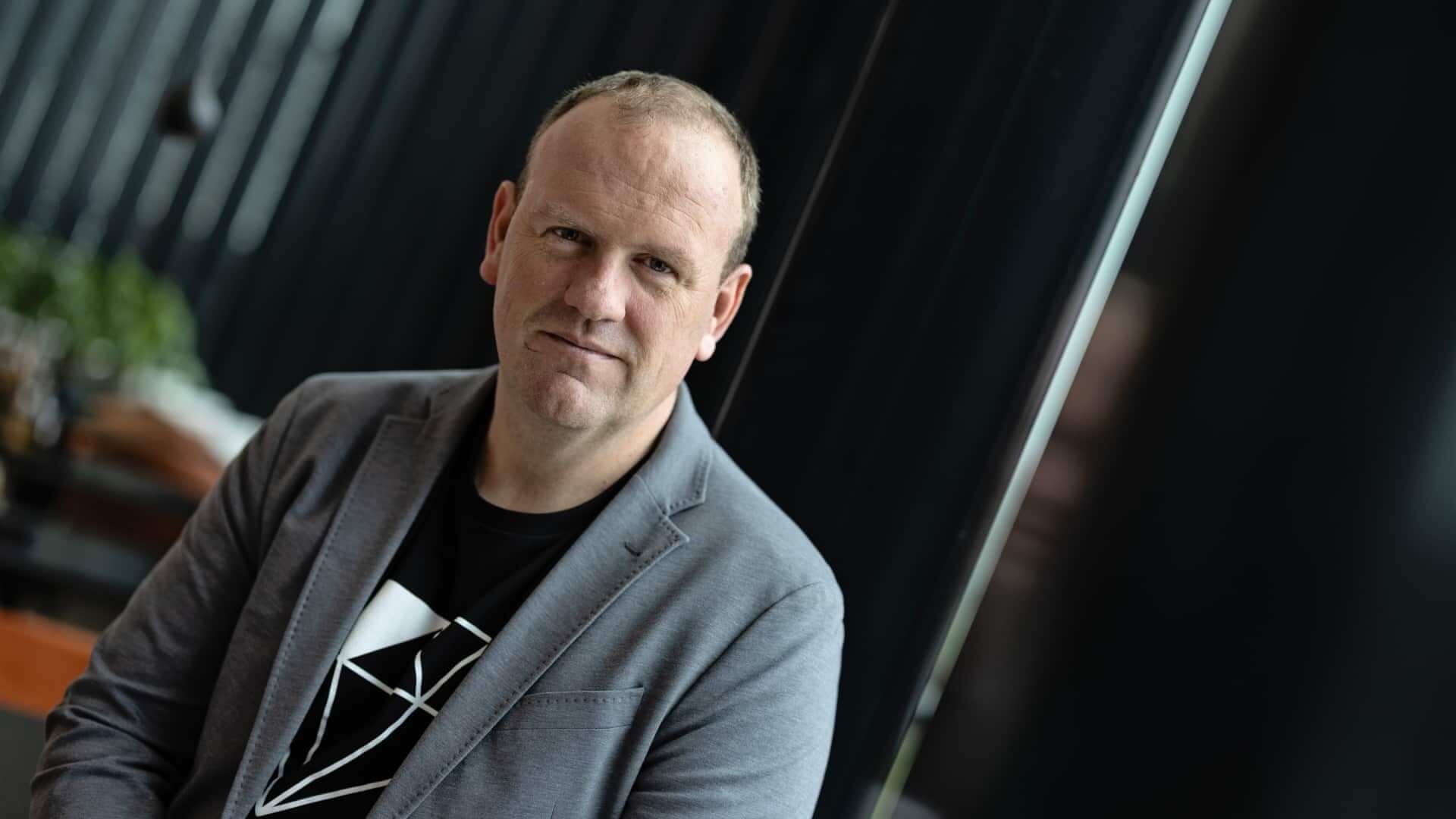Customer expectations are shifting, and businesses that ignore them risk being left behind. Here’s a stunning fact: companies with robust Voice of the Customer (VoC) programs grow their revenue 10X faster, retain 55% more customers, and slash service costs by 23% (Sonata GBW). And yet, only 15% of organizations think their VoC efforts are actually effective (Concentrix).
So, what’s the secret sauce? VoC programs aren’t just about gathering feedback—they’re about uncovering actionable insights that fuel real improvements in the customer experience. But it’s not all about the data. To truly thrive, you need executive buy-in, a clear strategy that everyone’s on board with, and a relentless drive to close the feedback loop.
In this interview, CX expert Ben Motteram breaks it all down. He shares the biggest hurdles businesses face, why employee engagement is key to delivering better CX, and how turning insights into action can give you a lasting edge over the competition. Want to know what makes a VoC program tick? Keep reading—this is the inside scoop you’ve been waiting for.
The evolution of CX: 25 years of lessons
Q: Ben, with over 25 years of experience in customer experience and employee engagement, how has your approach to CX changed over the years?
Over the years, my approach to CX has changed in many ways. To provide a concise answer to the question, here’s three:
- I started out thinking that organizations had to “surprise and delight” their customers. But over time I’ve come to realize that loyalty isn’t built on being occasionally wowed. It’s built on consistently meeting expectations and earning trust.
- I now spend a lot more of my time focusing on employee experience. The internal experience determines the external experience, so organisations need to devote time and effort to ensuring they have a positive culture and their employees are happy before they turn their attention to improving the experience their customers have with them.
- I now place a much higher priority on being easy to do business with. The stats (and there are plenty of them) don’t lie. Customers flock to businesses who have reduced the effort required to interact with them. To that end, look for areas where you have unnecessary steps or interactions in the customer journey and eliminate them.
Managing CXpert
Q: You’ve been managing your consultancy, CXpert, for over 10 years. What do you put your longevity down to and what keeps you going?
Did you know that about fifty percent of businesses fail within the first five years? Given that fact, I’m proud that CXpert has lasted as long as it has and continues to thrive. The reason for our longevity is that we adhere closely to our purpose of working with leaders to build organizations that employees and customers love. To that end, we specialize in projects that improve employee and customer experience.

Source: CXpert
In the past, that has seen us developing EX and CX strategies, assessing organisational EX/CX maturity levels, analysing customer insights programs, facilitating journey mapping workshops, and designing experiences. It’s the variety of our customers and the work that we do that I love. Knowing that I’m improving the lives of our customers’ customers is what gets me out of bed every day. That may sound corny but it’s absolutely true. I love the work that I do.
CX expectations: How Australia compares
Q: From your experience, how do customer experience expectations in Australia differ from those in other regions? What challenges or opportunities do you see in the Australian market?
In many ways, Australia is a big oligopoly. In most industries, you’ll find a maximum of four large competitors. Some examples include telecommunications, banking, airlines, and supermarkets.
One of the features of an oligopoly is a lower level of customer service because few competitors exist. Australian customers have endured this lower level of service their whole lives so for this reason, I think customer expectations in Australia are generally relatively low. I also think Aussies are prepared to forgive bad service a lot more. It takes a number of poor experiences to make them switch providers.
This represents a huge opportunity for new entrants to industries. They can effectively use better customer service to disrupt the status quo.
Voice of the Customer (VoC) programs
Q: You’ve spoken extensively about the importance of VoC programs. What are the key elements that make a VoC program successful?
The best VoC programs I’ve encountered in my career – and I’ve seen many - all had the following things in common:
- Executive sponsorship – the most critical factor. Without ongoing executive support, a VoC program could lose its resourcing at any time.
- Linked to strategy – the VoC program is explicitly tied to the achievement of an organisational goal.
- Robust calculation of metrics – people need to be able to trust the data (especially if their remuneration is dependent upon it).
- Customer insights are shared widely – both internally and with partners leading to a broad, shared understanding of customers.
- Action is taken – something is done to improve CX based upon what customers have said.
Balancing data and customer stories
Q: How do you balance quantitative feedback (like NPS or CSAT) with qualitative insights (such as open-ended survey responses or social media comments)?
The simple answer is: both are important. Quantitative metrics answer the question: how is the organization performing? They generate the numbers which executives love to see on their dashboards.

Qualitative insights give you the reasons why. They provide a lot more information about customer needs, preferences, attitudes, and behaviours. All the things that CX designers need to know in order to design great experiences.
Typically, qualitative insights cost more to produce however this figure is decreasing with the proliferation of Generative AI which can analyse vast amounts of unstructured data in seconds.
Choosing the right VoC tools and channels
Q: What tools or technologies do you recommend for capturing VoC data, and how do you ensure you use the right channels to reach customers?
No single VoC tool does everything. So selecting a VoC tool is very much dependent on what the application is. A VoC tool that’s right for a “bricks and mortar” retailer won’t suit an online retailer.
The key when collecting customer feedback is to be where your customers are. Ideally you should be collecting feedback on the same channels on which your customers interact with you. So, for the retailer with a physical shopfront, the technology they use may be a kiosk at the checkout area. The online retailer may use VoC software that enables them to present on-screen surveys.
Using VoC to Build Customer Loyalty
Q: How do you link insights from VoC programs to customer experience initiatives, and what strategies do you recommend for turning feedback into customer retention?
A simple way to link insights from VoC programs to CX initiatives is to go through the following process of analyzing the current CX environment within your organization.
- Use your VoC data to produce a list of customer pain points.
- Determine all the CX improvement initiatives that are currently in-flight across the organization.
- Plot the list of CX improvement initiatives against the list of pain points noting which pain points are addressed by each initiative.
The matrix that is produced will clearly show which pain points are not being addressed by the current program of work in-flight across the organization. It may also show that some pain points are being addressed by too many initiatives. Some initiatives could be discontinued as a result.
Finally, hold a workshop with key internal stakeholders to develop new initiatives aimed at unaddressed pain and prioritize what comes out of it within the context of the broader CX improvement program. Prioritization can be done using cost to implement, ease of implementation, size of expected impact, and/or the pain points the initiative addresses. Then launch the first initiative.
Why every AI chatbot needs a human backup
Q: What are the key factors to ensure Gen AI chatbots enhance customer satisfaction without causing frustration?
There’s two things I’d focus on when implementing Gen AI chatbots to ensure they enhanced rather than detracted from customer satisfaction:
- Don’t ask them to do more than they’re capable of. Chatbots are great for dealing with simple tasks like changing a password, ascertaining a delivery date, or paying a bill. Customers get frustrated when they are forced to deal with bots for anything complex that requires expert knowledge, empathy, or emotional intelligence. So for that reason…
- Always give customers an ‘out’ – an easy way to end the interaction with the bot and get onto a human. Put the power to make the call about who they deal with in your customers’ hands. If you see tons of customers taking this out, it will highlight where you’re expecting too much of your bot.
Defining Your VoC Goals and Strategy
Q: What advice would you give to businesses that are just starting to focus on VoC programs but don’t know where to begin?
The first step when starting a VoC program is to answer the questions:
- What is collecting customer feedback going to do for the organization?
- What problems will a VoC program solve?
- What strategic objective is a VoC program aligned with?
If you can’t answer those, you’re going to struggle to build the business case for the program.
If you have got clear answers to those questions, you can then focus on designing your program by answering:
- Who will be surveyed?
- How often?
- On what channels?
- What metrics will be used?
- What questions will be asked?
- What benchmarks or targets will be used?
- How will analysis be performed?
- How will insights be communicated?
- How will the loop be closed with customers?
- Who will be responsible for different aspects of the program?
Recap on the insights from Ben Motteram
Ben Motteram’s 25-year journey in customer experience has taught him one crucial thing: trust and consistency—not flashy surprises—are what truly drive loyalty. His advice is simple, yet powerful: meet customer expectations, invest in employee experience, and make every interaction as effortless as possible.
When it comes to Voice of the Customer (VoC) programs, they only work if they have executive support, a clear strategy, trustworthy data, company-wide collaboration, and—perhaps most importantly—action on the feedback. A great VoC program doesn’t just gather data; it turns insights into real, actionable CX improvements.
Here’s where it gets interesting: by combining metrics like NPS and CSAT with qualitative feedback, companies get a fuller picture—not just of how they’re doing, but why they’re doing it. And thanks to AI, analyzing unstructured feedback at scale has never been easier, letting businesses act on customer needs faster than ever before. Still stuck using CSVs or email to manage your customer data? Help Desk Migration can help you streamline the process and migrate it to any help desk platform you prefer.
The key to picking the right VoC tools? It all starts with understanding customer behavior. Whether it’s through in-store kiosks, online surveys, or social media, collecting feedback from the right channels is essential for turning it into insights you can use.
Ben’s final takeaway? CX success isn’t a one-off project; it’s a journey powered by structured VoC programs, strong leadership, and a commitment to continuous improvement. Companies that listen, adapt, and simplify the experience will build not just customer loyalty—but sustainable business growth.



